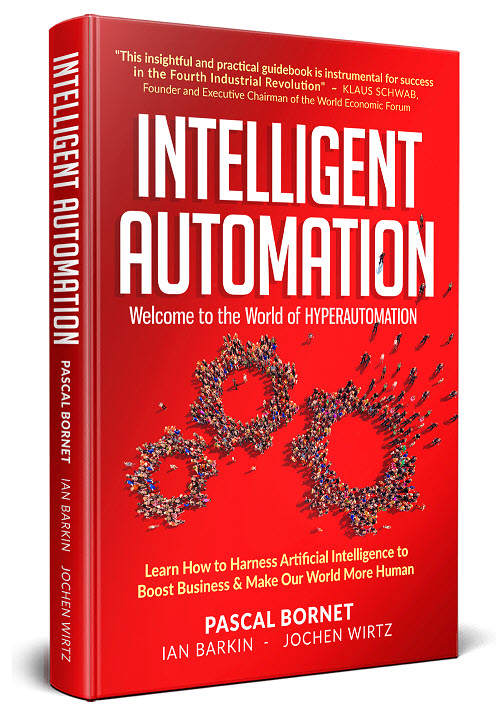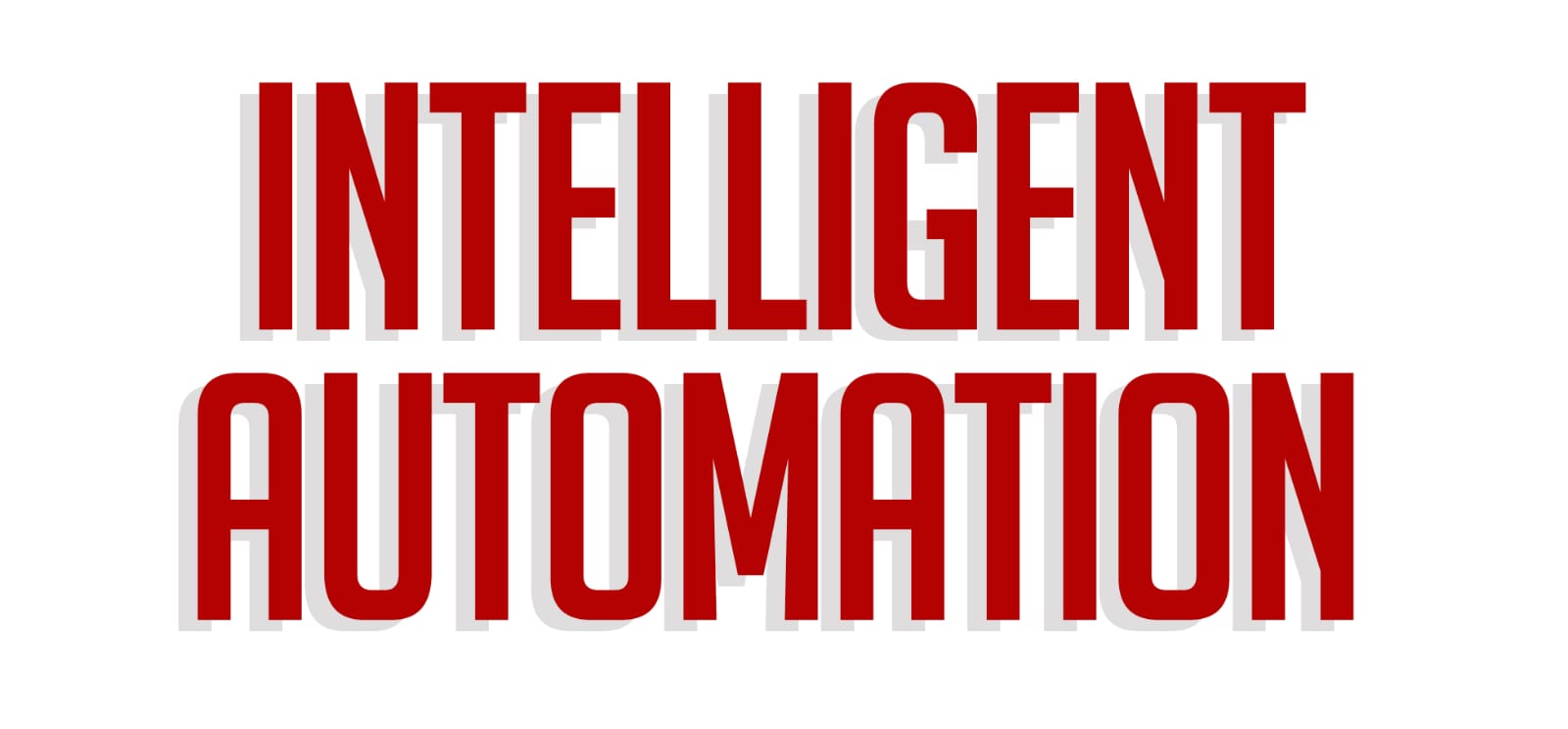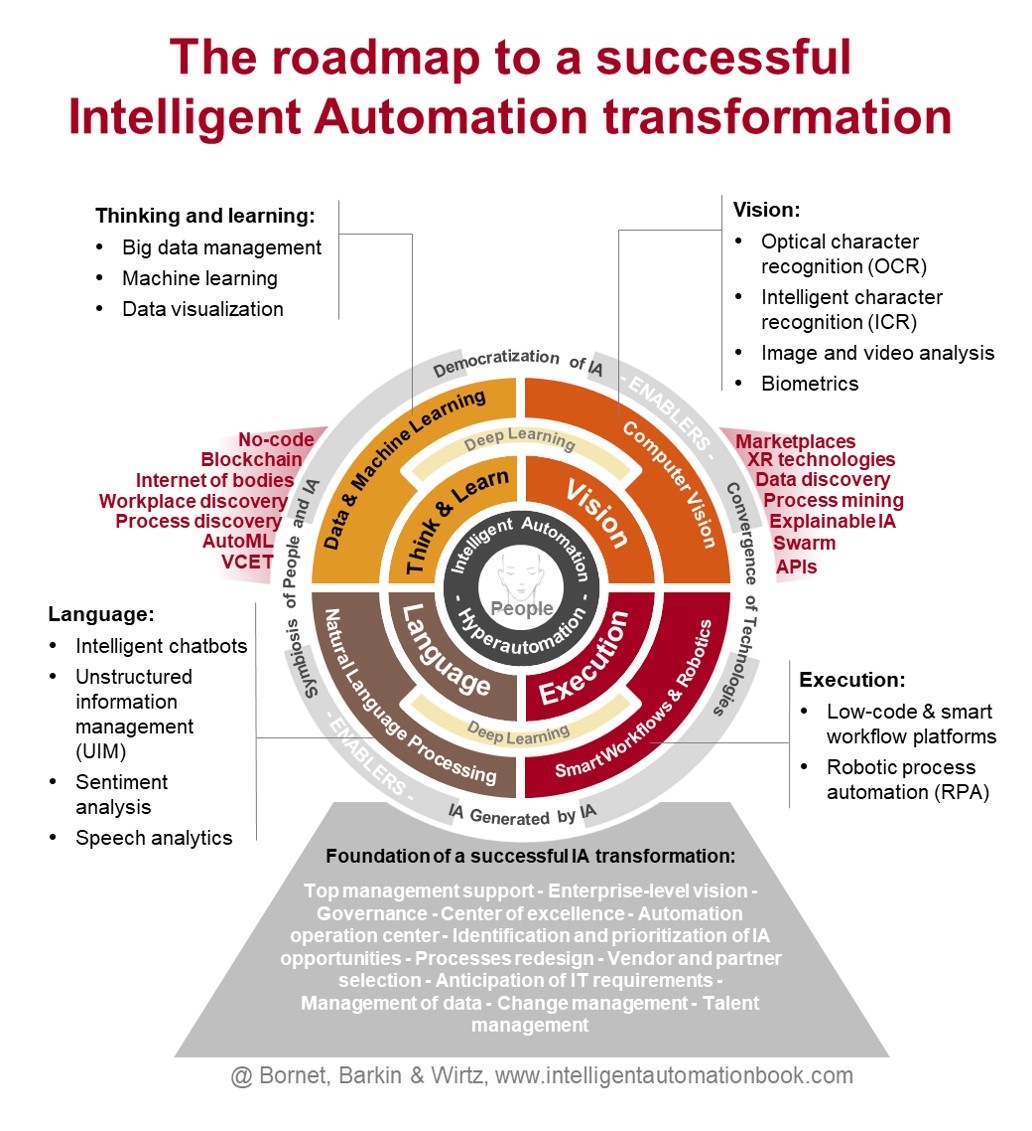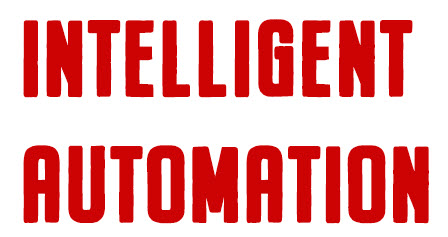

Welcome to the World of HYPERAUTOMATION
Learn How to Harness Artificial Intelligence to Boost Business & Make Our World More Human
By Pascal Bornet, Ian Barkin & Jochen Wirtz
This is the first book on Intelligent Automation (IA). Also called Hyperautomation, it is one of the most recent trends in the broad field of artificial intelligence. IA is a cutting-edge combination of methods and technologies, involving people, organizations, machine learning, low-code platforms, robotic process automation (RPA), and more.
This book is for everyone – whether you are an experienced practitioner, new to the topic, or simply interested in what the future holds for enterprises, work, life, and society as a whole.
“This insightful and practical guidebook is instrumental for success in the Fourth Industrial Revolution.”
What do research firms say about the book?
Gartner – “This field guide is essential reading”
HFS – “Masterful insight, this book is more relevant than ever”
Forrester – “This book needed to be written”
Everest – “A compelling case for Intelligent Automation (IA)”
What other experts say about the book ?
“One of the most important books of our times! A must-read for everyone who wants to understand how Intelligent Automation is transforming our world”
“This book is essential reading for anybody who cares about the future of work”
“The book is helping us understand the challenges and opportunities that automation, RPA, deep learning, and artificial intelligence represents”
“Through their hands-on experience, the authors provided a practical guide to what can technologies achieve in businesses today”
What you will get from this book ?
100+ IA TRANSFORMATION SUCCESSES
Get the lessons learned from 100+ IA transformation successes (and failures)
500+ IA USE CASES
Benefit from the largest publicly available library of 500+ IA use cases by industry and by business function
200+ IA INDUSTRY EXPERTS
Gain access to insights garnered from 200+ IA industry experts
Key Content Of The Book

What is Intelligent Automation (IA)?
IA generates massive business efficiency.
IA can significantly improve society.
What Readers Say About The Book

Key Contributors

Mohsin Khan

Samiran Ghosh

Sébastien Bourguignon

Francis Carden

Lee Coulter

Ralph Aboujaoude Diaz

Bernard Golstein

Thomas Zakrzewski

David Ashton

Mael Plougastel

Mahesh Panbude

Gaurav Sharma

BOOK SUMMARY
INTELLIGENT AUTOMATION: BOOSTING BUSINESS AND BUILDING A MORE HUMAN WORLD
The Industrial Revolutions started over 200 years ago, automating “blue-collar” work in the agricultural and manufacturing industries. They provided massive and structural benefits to our society, such as the reduction of famine and an increase in standards of living, and they relieved people from laborious manual work.
IA, also called Hyperautomation, is one of the most recent trends in the broad field of artificial intelligence. It is a cutting-edge combination of methods and technologies, involving people, organizations, machine learning, low-code platforms, robotic process automation (RPA), and more.
Officially coined in 2017 by IEEE, Intelligent Automation (IA) ushers in a new revolution: that of office work, automating “white-collar” work. Today, office work accounts for more than 80% of the job roles in our global economy, such as lawyers, financial controllers, or call center operators. Like the previous automation revolutions, we believe IA will have a significant impact not only on employment but more broadly on our society.
PART ONE of this book covers the promise of IA for a better world. Even though IA has only been coined recently, its applications have spread incredibly quickly, validating its promise. It has already been adopted by more than 50% of the world’s largest companies, including ADP, JP Morgan, Lloyds Banking Group, Netflix, and Unilever. The expected impact on business efficiency is in the range of 20 to 60%. It involves the significant improvement of the customer and employee experience and the vast enhancement of process compliance. These benefits are available to all organizations, across industries, and regardless of function. This book provides a comprehensive library of more than 500 IA use cases to illustrate our point (provided at the end of the book). In addition to being a key improvement lever, we also demonstrate that adopting IA has now become a condition for business survival.
We also demonstrate how IA has the potential to save over 10 million lives every year and realize $10 trillion of cost savings. Such a vast amount of money would allow us to triple our global budget for education, help restore our planet from pollution, or even eliminate hunger! On top of that, IA has the potential to bring the next renaissance to our society by changing the way we work, making our world more human.
PART TWO explains the technologies leveraged by IA. IA automates knowledge work by mimicking four main capabilities of workers: execution, language, vision, and thinking & learning (see Figure 0.2). IA combines various technologies, including machine learning, sentiment analysis, data management platforms, speech analytics, data visualization, image and video analysis, biometrics, intelligent chatbots, smart workflows, low-code platforms, robotic process automation (RPA), and several more. In this book, we explain these components of IA and provide examples of how they are used. When these capabilities are combined in solving complex end-to-end business issues, synergies are created, allowing greater benefits to be delivered. We also explain how these technologies integrate within the current IT landscape of an organization and how to build an IA implementation roadmap.

Figure 0.2: A roadmap of the key notions covered in the book, including the capabilities (Part Two), the foundation of a successful transformation (Part Three), and the enablers (Part Three); © Bornet, Barkin & Wirtz
PART THREE explains how to succeed in implementing IA. While impactful, implementing IA is certainly not a silver bullet. While it is easy to succeed in implementing a pilot on a limited scope, many organizations have been struggling to scale their transformations. Based on our experience of hundreds of IA initiatives, we have listed in detail the most important factors to enable organizational leaders to succeed in their transformations. In addition to these leading practices, the book describes four new trends that have started to help businesses scale IA. They are also levers that any organization can use to increase the speed and scope of its IA projects. Examples include the democratization of IA, the convergence of technologies, the symbiosis of people and IA, and the use of IA to implement IA (see Figure 0.2). In the longer term, expected innovations will leverage new concepts, such as the internet of bodies, blockchain, augmented and virtual reality, and swarm robotics. The book explains what these cutting-edge technologies and concepts will bring to the automation of knowledge work.
PART FOUR is about reinventing society and work with IA. Entering into the fourth industrial revolution with IA is not without risks. In our view, to prepare our world to effectively translate the key benefits of IA, our societies’ roadmap should include some imperatives. New skills are required for workers to stay relevant while working with IA. How are we going to make sure people’s skills stay relevant and evolve together with IA capabilities? In addition, according to economists, the use of digital technologies over the last decades has resulted in increasing wealth inequalities. Which mechanisms could we leverage to remediate this issue? On top of this, IA might have a strong impact on the level of employment of workers. A few possible scenarios are outlined. One involves more job roles created, while another foresees the displacement of a massive amount of the workforce. What are the actions we should implement today to get our world prepared for both scenarios?
What if we see a scenario where a large amount of human workload reduction happens? Considering this scenario in addition to the fact that, currently, 85 percent of employees worldwide don’t feel engaged with their work, the book explains how IA could help redefine work. IA could offer our society the opportunity for a real renaissance by freeing us from many of today’s tedious, repetitive, and unfulfilling work activities. The book describes how we could use our time for more meaningful activities for society, for our families, and ourselves. To get to this attractive future renaissance, we need strong support from institutions, governments, and companies.
CONTACT US
- Intelligentautomationbook@gmail.com




